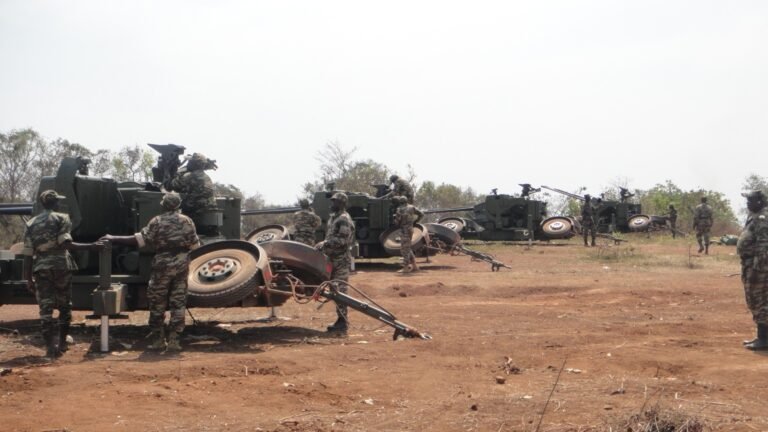Ngohketunjia – On Monday, November 11, the village of Baba 1 in Ngoketunjia County was plunged into terror as Cameroonian forces launched a brutal raid under the cover of night. Around 1 a.m., heavily armed soldiers swept into the village, with a masked informant—known locally as a ‘blackleg’—leading them to suspected strongholds of the Ambazonian Restoration Forces (ARF). This military incursion, believed to be a retaliatory mission, was reportedly in response to a recent ARF ambush that left about nine Cameroonian soldiers dead, a humiliating setback for the army. Now driven by the need for vengeance, the Cameroonian forces sought to make Baba 1 pay.
However, the ARF fighters were forewarned; intelligence leaks reached them before the ambush began, allowing them to evacuate before the soldiers stormed in. Frustrated and without their intended targets, the Cameroonian forces unleashed their fury on the village’s civilian population, resorting to unchecked brutality, looting, and destruction.
Eyewitnesses recount scenes of devastation as soldiers set motorbikes ablaze, ransacked homes, and pillaged personal belongings in a calculated effort to punish the community. Among the tragic victims of this violence was a former government teacher named Mohfesame Smella Wandoro. Forced to abandon his teaching post due to the unrelenting conflict in the region, Wandoro had recently set up a small bar and provisions store to make ends meet. But on that night, his new livelihood did not protect him; it only made him a visible target for the soldiers’ wrath.
The soldiers apprehended Wandoro, dragged him outside, and subjected him to brutal torture. Witnesses say he was beaten, mocked, and forced to endure degradation at the hands of his captors. Then, in a deliberate act of manipulation, the soldiers ordered him to don a military uniform. It was a calculated move—an attempt to frame him posthumously as an enemy combatant, a member of the ARF, despite his clear status as a civilian.
Before ending his life, the soldiers allegedly forced Wandoro to reveal his mobile money account and security codes. After draining the account of all his cash, they executed him on the spot. The cruelty did not end with his death; photographs were taken of his body, dressed in the military uniform they had forced him to wear. By morning, the images had begun circulating on social media, with a whole different story – presented by government surrogates as evidence of a “neutralized Amba fighter.”The Cameroonian government’s surrogates wasted no time in exploiting these images. Online, they spread the photographs as “proof” of another successful operation against insurgents in Ambazonia, claiming that Wandoro was indeed an ARF fighter. But curiously, they declined to name the supposed combatant in the photo. Local residents, fully aware of the truth, described the staged photos as yet another attempt by the Cameroonian military to disguise their campaign of violence against unarmed civilians.
This grotesque act of staging and misrepresentation has only deepened the anger among the people of Ambazonia. For years, the Cameroonian army has repeated this tactic: killing civilians, dressing them up as fighters, and using their images as propaganda to justify the government’s continued violence in the region. The raid in Baba 1 is but the latest chapter in this dark pattern.
The incident has laid bare the Cameroonian army’s intentions in Ambazonia, as well as the government’s desperation to maintain control through any means necessary. Far from subduing the Ambazonian population, this latest assault illustrates the lengths to which Cameroon is willing to go to project an illusion of control while hiding its own brutality.

